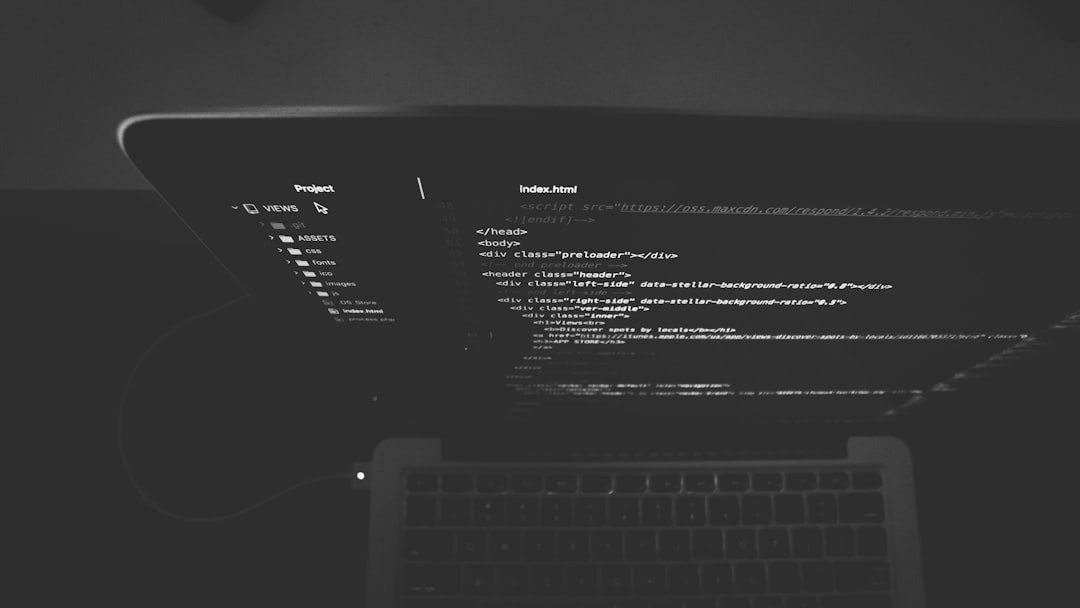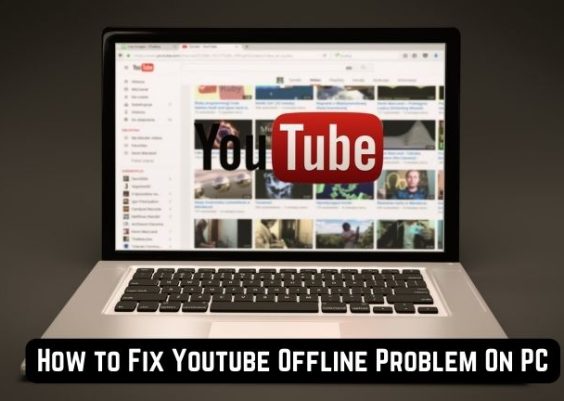In today’s fast-paced business environment, efficient use of time separates successful organizations from those struggling to maintain productivity. With distributed workforces, hybrid schedules, and increasing regulatory pressure to manage employee work hours, organizations are turning to intelligent solutions for assistance. Enter a new era of workforce time management software—one so advanced, it can even recognize when you’re genuinely on break, helping businesses optimize employee time without undermining autonomy or trust.
Contents
TLDR
Workforce time management software has evolved beyond manual punch-in systems to include intelligent features powered by AI. These next-generation systems monitor work patterns, break durations, and idle behavior to maintain compliance and employee fairness. By accurately identifying when someone is “on break,” these systems eliminate ambiguity and reduce time fraud. The result: healthier work environments, higher productivity, and stronger workplace transparency.
The Changing Landscape of Workforce Time Management
Traditional clock-in and clock-out systems were designed for a different era, one where employees worked fixed shifts in a centralized location. In modern workplaces, these systems fall short in addressing the complex realities of:
- Remote and hybrid workforces
- Flexible hours and asynchronous collaboration
- Employment law compliance and labor regulations
These limitations have created a demand for smarter tools—tools that can keep up with dynamic scheduling, employee well-being, and accountability. That’s where intelligent workforce time management software steps in.
Not Just Smart, But Intelligent
What sets this new generation of software apart is its integration of artificial intelligence and machine learning. These technologies enable the system to go beyond merely recording inputs—it analyzes behavioral patterns, detects anomalies, and even distinguishes between types of inactivity.
For instance, instead of assuming a user is slacking off when there’s no mouse movement, the software may look at a combination of cues—calendar entries, keyboard activity, and application usage—to determine whether the worker is:
- In a scheduled meeting
- On an approved break
- Idling unexpectedly

This nuanced understanding helps both employees and managers. Employees don’t get penalized for legitimate breaks, and managers gain insights into actual work patterns instead of suspicious or inaccurate data.
The Problem of “Stealth Breaks”
One of the biggest challenges in traditional time tracking systems is accurately recording breaks. “Stealth breaks”—situations where employees take unscheduled time off without logging it—can lead to misunderstandings, payroll issues, and even legal trouble.
According to a 2022 report from the Workforce Institute, discrepancies in time reporting accounted for up to 4.5% of payroll errors annually. With intelligent systems, such discrepancies become far less common:
- Automated Detection: The software uses activity tracking and biometric data (where permitted) to detect extended idle periods.
- Pattern Recognition: If an employee takes a 10-minute walk every day around 11 a.m., the system learns this is a routine break—flagging it for management only if compliance thresholds are exceeded.
- Real-time Alerts: Managers can set custom alerts for non-compliance, ensuring oversight without micromanagement.
Privacy and Ethical Concerns—Addressed
Any discussion of intelligent monitoring systems naturally brings up concerns about employee privacy and ethical workplace surveillance. Reputable vendors in this space address those concerns through:
- Transparency: Employees are informed about what data is tracked and why.
- Consent-Driven Features: Biometric features or desktop activity tracking are opt-in, not mandatory.
- Data Anonymization: Analytics dashboards use aggregated data, protecting individual identity unless oversight is required.
These precautionary measures build trust while ensuring organizations can still comply with labor laws and maintain high workforce efficiency standards.
Use Cases and Real-World Impact
Early adopters of advanced time tracking software are seeing substantial improvements:
- Retail: Chain store managers can see when floor staff are unavailable due to breaks, allowing better shift coverage.
- Corporate Offices: Precise break recognition supports better mental health and ensures compliance with mandatory downtime laws.
- Remote Teams: Managers don’t have to guess if an employee went missing—they receive clear, context-aware updates.

In fact, a case study from a Fortune 500 company showed a 23% reduction in time theft and a 31% improvement in legally compliant rest breaks within six months of implementing such a system.
Features That Make the Difference
When evaluating a smart workforce time management solution, businesses should look for the following core features:
- Break Detection: AI-driven detection of rest periods, including microbreaks and planned time outs.
- Smart Schedules: Automated scheduling based on efficiency metrics, employee preferences, and workload forecasts.
- Compliance Engine: Real-time tracking of local, national, and company-specific labor laws.
- Mobile Access: App-based check-ins and scheduling allow flexibility without compromising oversight.
- Custom Reporting: Dashboards tailored for HR, compliance, and departmental performance reviews.
AI’s Role in Reducing Burnout
Another unexpected benefit of intelligent time tracking software is its contribution to proactive burnout prevention. By carefully tracking when workers are consistently skipping breaks, staying logged in during off-hours, or working through lunch, the system can alert HR or suggest automatic reminders to the employee to take a break.
This not only aids compliance with employee wellness initiatives but improves overall morale and work-life balance—an increasingly desirable quality in today’s job market.
The Road Ahead: Ethical Automation
Smart time tracking tools aren’t just about squeezing productivity out of every second—they’re part of a broader movement toward ethical automation. With increased regulation around fair pay, hourly tracking, and working conditions, accurate yet respectful monitoring is becoming indispensable.
Organizations that adopt these tools aren’t just modernizing—they’re building a culture of fairness, consistency, and respect for labor rights. When employees know their time is valued—and accurately recognized—they are more likely to perform better and trust in their leadership.
Conclusion
As AI continues to transform the workplace, intelligent workforce time management software offers a practical solution to a decades-old problem: how to fairly and accurately account for people’s time. Its ability to detect real breaks not only eliminates gray areas in reporting but also fosters healthier work rhythms and boosts compliance with labor standards.
These tools represent more than just technological advancement—they reflect a growing understanding that smart oversight means supporting employees, not policing them. In a world where “on break” can mean a walk outside, a few quiet moments, or simply time away from the screen, it pays to have software smart enough to know the difference.




